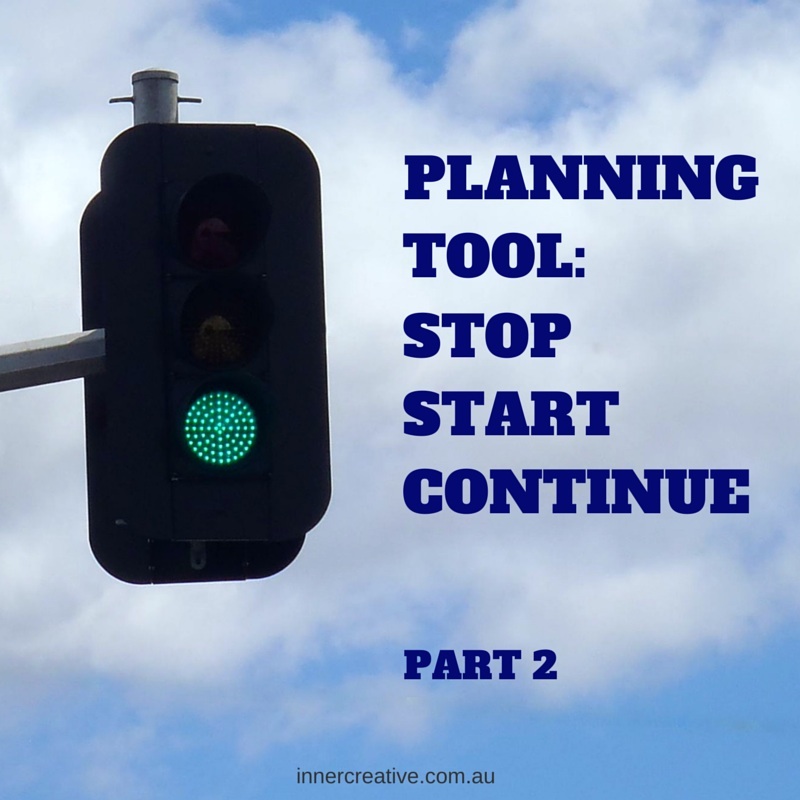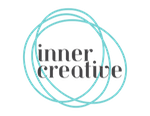Creating a vision for the year ahead (or for a new project) is always fun. But before you can start to work out what you want, it’s good to think about where you came from.
In the previous blog (Part 1), we introduced the Stop, Start, Continue tool (the 3 questions):
- What do I want to stop?

- What do I want to start?
- What do I want to continue?
We also covered how to pick the topic to focus your questions on. You can use this tool in any personal, work or business context, from creating your vision for the year ahead to reviewing your business plan. This tool is useful for anything that you would like to change, or a problem that needs exploring.
In this blog, we’ll be unpicking those 3 questions a little more, and expanding on them so you can work out what you need to do to make and support your changes.
The questions you need to ask are:
What do I want to STOP?
What is not working? What do you resent? What feels stale?
It may not always be the whole thing, but perhaps an aspect of it. For instance, you might like going to the gym once you get there, but you hate the long drive there after a hard day of work. Or you like drawing, but doing a class focusing on still life isn’t your thing.
How can I eliminate, minimise or mitigate these STOPs?
How can I get these STOPs and resentments off of my plate? How can I make a smooth and easy transition towards stopping? What can I do to change the STOP into something positive or less stressful?
You might not be able to stop something straight away, especially if it’s tied to your current income, job responsibilities, or commitments. But hopefully, there are strategies that you can put into place to help you either make the transition towards stopping something completely, change the way you do it, or minimise the time you need to spend on it.
For instance, if you hate doing the accounts for your business then one potential solution is to outsource the day-to-day book-keeping to someone else (while keeping a check on how it’s all going). But maybe it’s only one aspect of the data entry that you dislike, so it might be more easily resolved for instance, by changing how often you process your accounts, getting more training, switching to another software package, or putting on some upbeat music that you love to help you through the task.
What do I want to CONTINUE?
What is working? What do I love doing? What is most rewarding? What makes me come alive?
The intent here is to identify the things that you love doing, and that bring you joy. It is fine to continue those activities that aren’t broken and/or you feel OK about. But given that we’re putting some effort into thinking this over, why not identify the activities that bring you the greatest reward and that you really wouldn’t like to give up (especially as the activities that are really engaging and make you feel strong and/or joyful, are the times when you are probably your most creative)?
How can I improve or support doing what I want to CONTINUE?
How can I support what is working well? What opportunities are coming up that I could use to support or augment what I already do well? Are there any ways of improving the experience? How can I get better results? Is there potential for sharing this with others?
We often overlook, or take advantage of, what is currently working. We might assume that by not changing anything, that all of these good aspects will just continue to tick on by themselves. But things change, and it would be a shame to lose something good due to poor planning or foresight.
Work out what support you need to put into place to help you continue. It might not always require a lot of effort either. Perhaps a quick phone check in with a client? Or giving an occasional token of thanks to a neighbour who picks up the kids so you can fit in your painting class?
Also, there might be something that could help you get even better results or more value out of what is working well. So look to what you can do to improve your experience (or your clients’). For instance, you already enjoy your morning jog but changing your route might help to keep up your interest levels? Or perhaps a new set of pens might help improve the quality of your artwork and/or your enjoyment?
It might also mean sharing what you do well with others. By teaching someone else we solidify our own learning. We also become known for our expertise and become the ‘go to’ person, which then requires us to continue doing more of what we love.
What do I want to START?
What am I longing to do? What have I been putting off that I’d love to do? What improvements can be made? Are there opportunities for growth? Is there potential for collaboration?
Here is your chance to do something that you’ve always longed to do but have put aside for countless reasons. But if you don’t take the leap and start this something (even in a small way), then it’s most likely that it will never happen. So give yourself the opportunity to dream a little. Write down what you would like to start in an ideal world and start to claim this new beginning for yourself.
How can I set myself up to START with success?
What do I need to do to put this into action? What support do I need to help this happen? Who do I know who could help me do this? Who has expertise or experience that could give me a few tips? How can I create accountability for myself?
Think about what tools or strategies you can use to help you be successful in starting, and then to continue your new idea or project. This is not the time to be theorising about what should happen in a perfect world. Work out what will work for you.
Creating new habits and starting something new are book and blog topics in themselves. The main thing here is to just start (click here to also read this blog), and then put in place whatever supports you can (in terms of people, reminders, rewards, and your environment) to help you start something new.
~These three questions:
- What do I want to stop?
- What do I want to start?
- What do I want to continue?
are so simple, but they can reveal so much information about whatever you want to change. And with a little extra questioning you can start working out how to turn these ideas into action.
The Stop, Start, Continue tool is a good way of getting you into the right frame of mind to create a vision for the year ahead. It starts planting some seeds at the back of your mind about what you want your future to be.
If you can’t wait to start working on all of these ideas then sign up for Inner Creative’s Visioning Inspiration List, where you will receive the FREE Reflections Workbook. The Workbook is filled with different prompts (including the Stop, Start, Continue Tool) to help you reflect on the past year, while also getting your creative juices flowing. It’s a great excuse to get those coloured pens or pencils out :-).
So what are you hoping to STOP, START or CONTINUE?




